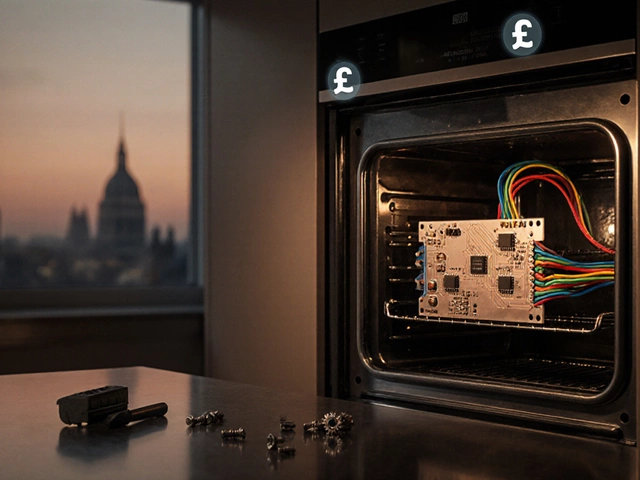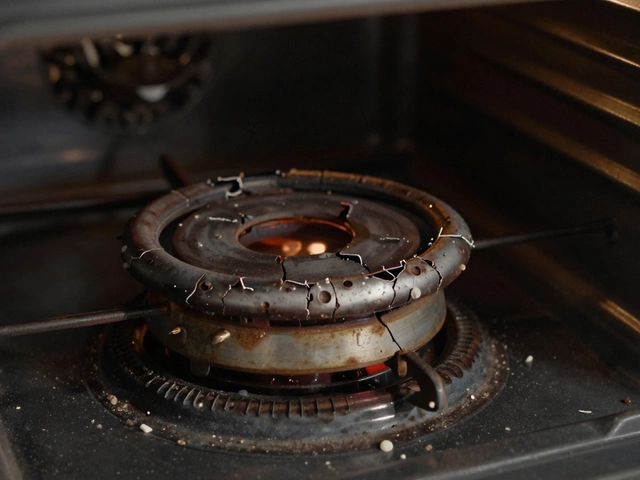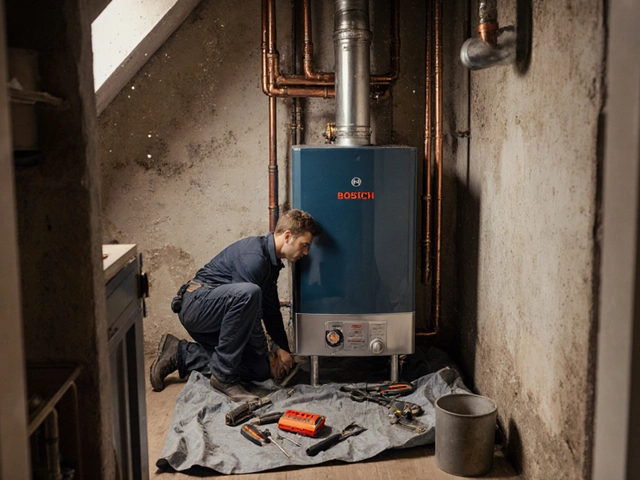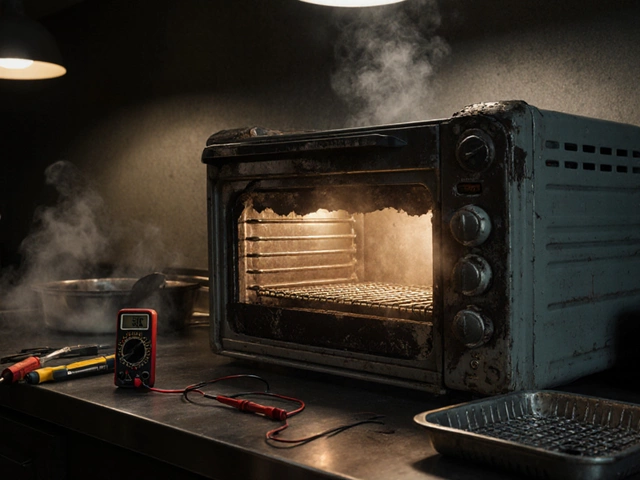If your kitchen or bathroom vent blows weakly, makes weird noises, or stops working altogether, you’re not alone. Most homeowners face a vent that needs a little love at some point. The good news? A lot of the fixes are easy, cheap, and safe to do yourself.
First, figure out what’s wrong. Is the fan not turning on? Does it run but not pull air? Or is the noise louder than a blender? These clues point to the most common culprits: a clogged filter, a loose connection, or a worn‑out motor.
Vents have filters that catch grease, hair, and dust. Over time they get clogged and choke the airflow. Pull the cover off (usually a few screws or clips), take out the filter and give it a good shake or wash it with warm, soapy water. Let it dry completely before putting it back. While you’re there, peek into the duct. If you see a lot of buildup, a quick vacuum or a brush clean will boost performance.
Cleaning the filter alone solves more than half of vent complaints. It’s a cheap fix that only takes a few minutes, and it also helps the motor stay cool, extending its life.
Turn off the power at the switch or circuit breaker before you touch anything. Next, remove the fan housing. Look for loose wires, burnt spots, or a rattling motor. Tighten any loose screws and reseat the wiring connectors. If the motor hums but doesn’t spin, it might be jammed – a few gentle taps with a rubber mallet can free a stuck blade.
When the motor itself is dead, you’ll need a replacement. Most extractor fans use a standard 120V or 240V motor that you can order from a hardware store. Take the old motor with you to make sure you get the right size and mounting holes.
If you’re comfortable with basic tools and safety, swapping the motor is a straightforward job: disconnect the old motor, attach the new one, reconnect the wires, and secure the housing. Test the fan before you put the cover back on.
Sometimes the problem isn’t the fan but the switch or timer that controls it. A faulty switch will feel loose or not click into place. Replacing a cheap switch costs less than £10 and usually solves intermittent power issues.
When the DIY fixes don’t work, it’s time to call a pro. A qualified electrician or vent specialist can test the fan’s internal components, check the wiring, and make sure everything meets safety regulations. This is especially important for higher‑powered bathroom fans that run on 240V circuits.
To keep your vent running smoothly, schedule a quick clean‑up every three months. If you cook a lot, wipe the filter after each use to prevent grease buildup. For bathroom fans, run the fan for a few minutes after showers to reduce moisture and prevent mold.
Remember, a well‑maintained vent not only clears smells and steam but also helps your home stay healthier. With these simple checks and a little know‑how, most vent problems can be solved without a pricey call‑out.

This article provides a comprehensive guide on how to test and maintain your kitchen extractor fan to ensure it functions optimally. It includes practical steps for diagnosing common issues, cleaning tips to improve efficiency, and essential maintenance advice. Discover how to test airflow and electrical components safely, ensuring your kitchen remains free from unwanted odors and excess humidity. Learn valuable insights and practical tips to keep your extractor fan in top shape.

Learn the typical UK price for an oven control board, factors that affect cost, DIY steps, and when to call a professional in 2025.

If your oven won't heat up, it's usually a simple fix-like a broken element, faulty thermostat, or blown fuse. Learn the most common causes and how to diagnose them yourself before calling a repair technician.

Replacing a boiler costs thousands because it's not just the unit-it's labour, safety checks, pipe upgrades, and compliance. Learn why this big investment is necessary and how to avoid overpaying.

If your electric oven isn't heating, it's usually due to a broken element, faulty thermostat, or blown thermal fuse. Learn how to diagnose and fix the most common causes quickly and safely.

Refrigerators are a crucial part of our daily lives, and when they malfunction, it can be a real headache. One of the most common repairs involves fixing the refrigerator's cooling system. Often, issues arise from problems with the condenser coils, which can become dirty or worn out over time. By understanding these common problems, homeowners can better maintain their appliances, potentially saving time and money.